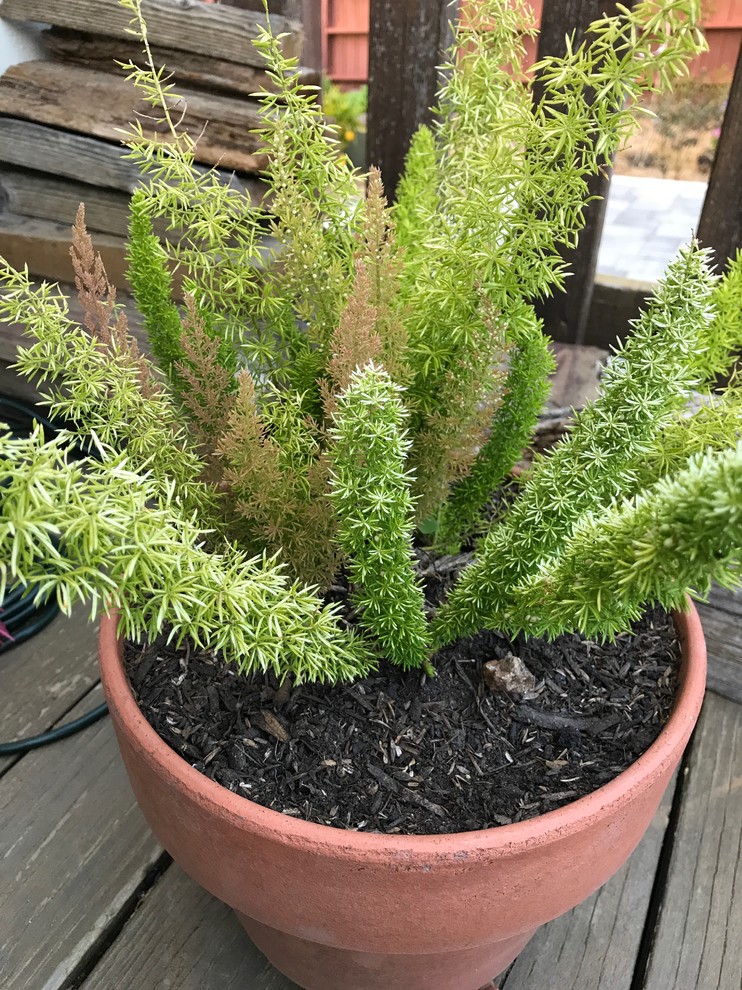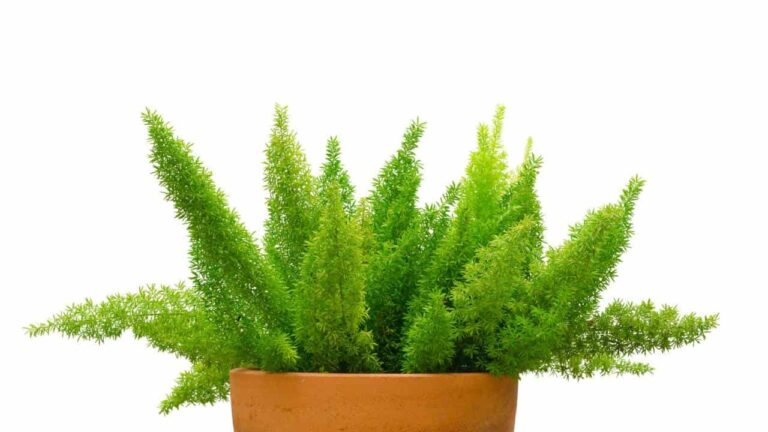Winter Care for Ferns
Winter presents unique challenges for maintaining the health of indoor fern plants. Ensuring appropriate light, temperature, and humidity levels are crucial for keeping ferns vibrant during the colder months.
Light and Placement Adjustments
Ferns typically thrive in indirect light, which can be harder to come by during winter. Place the fern near a window with filtered sunlight to ensure it receives enough light without getting direct exposure. Those dealing with dim indoor conditions may consider using a grow light to supplement natural light. For more detailed information, check out our guide on fern plant light requirements.
| Light Type | Intensity | Duration |
|---|---|---|
| Indirect Sunlight | Moderate | 6-8 hours/day |
| Grow Light | Adjustable | According to fern needs |
Additionally, avoiding drafty windows or doors and ensuring the fern is not exposed to sudden temperature drops are essential.
Temperature and Humidity Considerations
Ferns prefer a stable environment. Most houseplants, including ferns, prefer temperatures between 65-75°F during the day and about 10 degrees cooler at night (Bio Advanced). Avoid placing the fern in areas where temperatures can drop below 50°F, as this can stress the plant.
Maintaining adequate humidity is another significant aspect of winter care for ferns. Homes may offer only 5-10% relative humidity in winter, but ferns thrive in 40-50% relative humidity. Low humidity can be managed by misting the fern several times a week, using a humidity tray, or placing a humidifier near the plant. Signs of low humidity stress include brown leaf tips and the appearance of pests like Spider Mites.
| Factor | Ideal Range |
|---|---|
| Temperature | 65-75°F (Day), 55-65°F (Night) |
| Humidity | 40-50% |
For further tips on avoiding these issues, visit our article on fern plant turning brown.
By understanding and maintaining appropriate light, temperature, and humidity levels, gardeners can ensure their ferns remain healthy and vibrant through the winter months. For additional insights and detailed care routines, consider checking out our resources on fern plant care and fern plant temperature tolerance.
Watering Guidelines for Winter
When caring for ferns during the winter months, proper watering techniques are essential to ensure their health and vitality. Overwatering and improper watering schedules can lead to various problems, including root rot and other fungal diseases.
Preventing Overwatering
Preventing overwatering is crucial for successful fern plant care in winter. Overwatering is the most common issue houseplants face in the winter (Bio Advanced). Most indoor plants, including ferns, require less water during the colder months due to slower growth rates and some species going dormant (Plant Perfect). It’s important to adjust your watering routine accordingly.
Here are some key tips to prevent overwatering:
- Check Soil Moisture: Allow the soil to dry out almost completely between watering sessions. Use your finger or a moisture meter to check the soil’s moisture level.
- Drainage: Ensure that your pots have adequate drainage holes to prevent water from pooling at the bottom.
- Water Sparingly: Reduce the frequency and amount of water during the winter. Keep the soil slightly moist but never waterlogged.
Winter Watering Techniques
Adopting appropriate winter watering techniques can help maintain the health of your ferns during the colder months. According to Gardening Know How, watering plants early in the day can protect against nighttime freezes by acting as a heat trap, thus keeping the area around the plant warmer.
Guidelines for Winter Watering:
| Aspect | Technique |
|---|---|
| Timing | Water early in the day to help retain heat overnight. |
| Amount | Water sparingly, just enough to keep the soil slightly moist. |
| Frequency | Reduce watering to once a month or as needed, depending on the plant’s growth and indoor climate. (Plant Addicts) |
| Temperature | Use room-temperature water to avoid shocking the plant roots. |
Choosing the right watering techniques will help prevent issues like fern plant dying due to root rot or dehydration. For more detailed guidelines on watering ferns in general, visit our article on fern plant watering.
Remember to consider other factors like temperature and humidity and light requirements when caring for your ferns during the winter to ensure a holistic approach to fern plant care.
Pruning and Maintenance
Proper pruning and maintenance are crucial for keeping ferns healthy during the winter months. Here are some guidelines to help you with trimming and repotting your ferns.
Trimming Tips for Winter
Ferns should be pruned before winter to promote growth and keep them manageable (Do Dodson Designs). Trimming helps remove dead or damaged fronds, reducing the risk of disease and making the plant look tidier.
- Timing: Prune ferns during late fall before the harsh winter weather sets in. For more comprehensive pruning, late winter is safer (Quora).
- Method: Use clean, sharp scissors to cut back fronds by about one-third, focusing on the outer fronds while preserving the center of the plant. This helps the fern maintain its shape and encourages new growth.
Division and Repotting Guidance
Dividing and repotting ferns are essential tasks for keeping the plants healthy, especially if they have outgrown their containers. It is recommended to separate or divide ferns every two years.
- Division:
- Gently remove the fern from its pot and shake off excess soil.
- Use a clean, sharp knife to divide the root ball into smaller sections.
- Ensure each section has a healthy portion of roots and fronds.
- Repotting:
- Choose pots that are slightly larger than the divided sections.
- Fill the pots with well-draining soil and plant each section.
- Water the newly potted ferns thoroughly and place them in a suitable location.
| Task | Recommended Tools | Frequency |
|---|---|---|
| Trimming | Sharp scissors, pruning shears | Annually in late fall or winter |
| Division | Sharp knife, new pots | Every 2 years |
For additional tips on fern care, including watering and light requirements, visit our comprehensive guide on fern plant care. By following these guidelines, you will ensure that your ferns thrive even during the colder months. If you’re noticing issues like browning fronds, refer to our article on fern plant turning brown for effective solutions.




